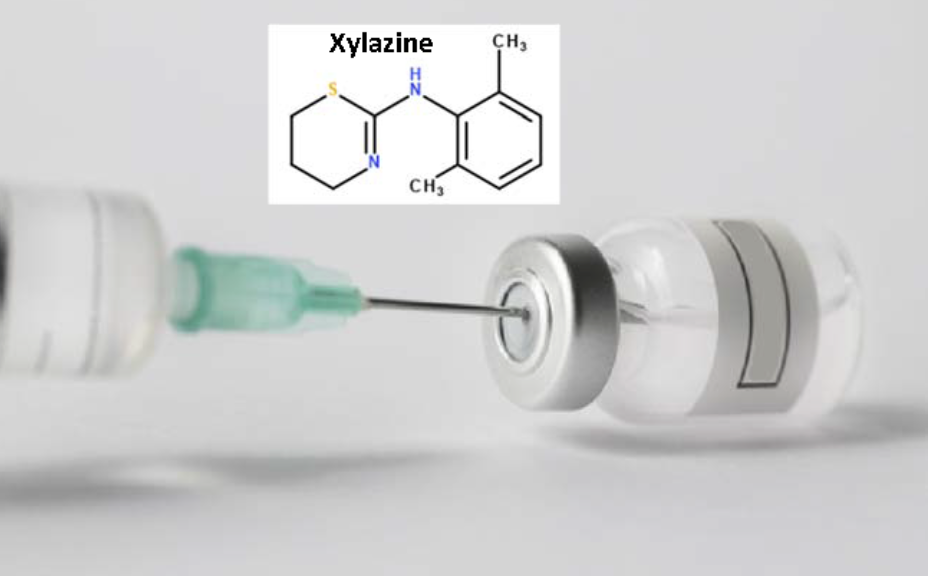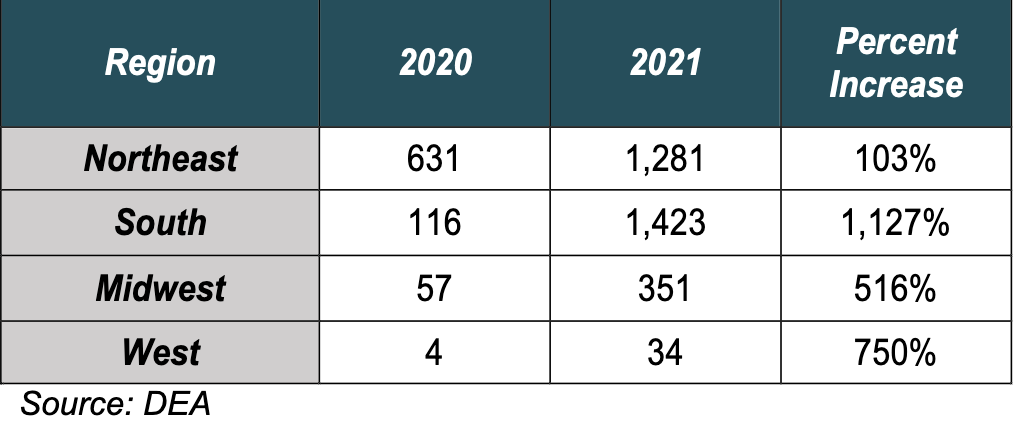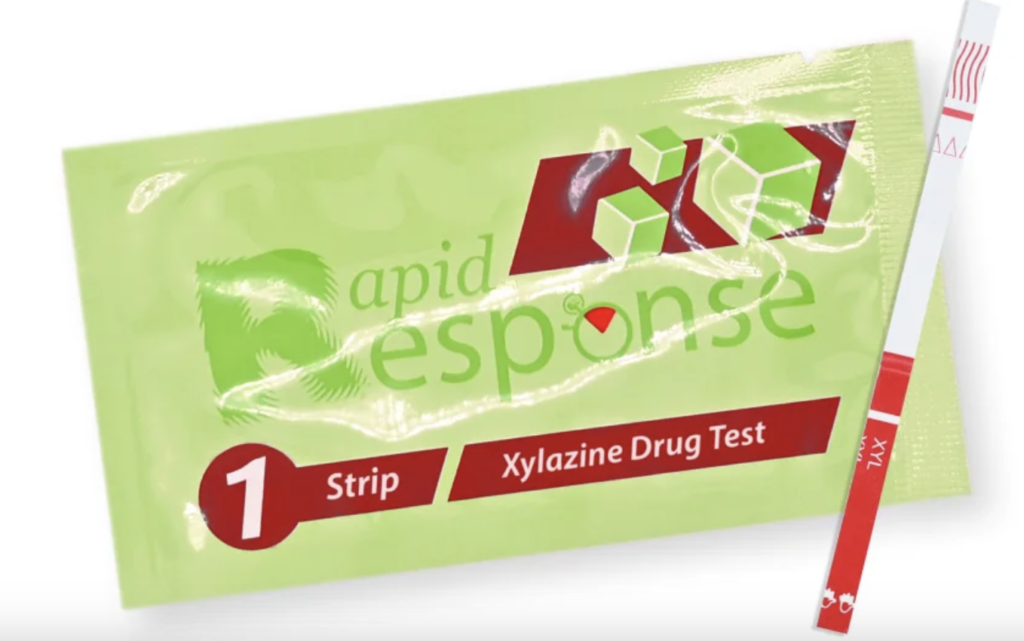
The Chester County Coroner’s office recently hosted a 2023 update on xylazine for law enforcement, first responders, emergency medical providers, and medicolegal death investigators. DEA and FBI agents, Penn Medicine and Cooper University Hospital experts, forensic toxicologist Dr. Sherry Kacinko from NMS Labs, and deputies from Chester County Drug and Alcohol Services and Coroner’s Office presented current knowledge about the illicit use of the drug. This post summarizes three things to know about the not-so-new drug.
What is xylazine?
Xylazine is a legally available veterinary drug that vets use to sedate or anesthetize large animals like horses or cattle. The veterinary product is a liquid that drug dealers often convert to a powder by drying it out. Xylazine, a sedative drug, is almost always present with illicit fentanyl, an opioid drug, in medicolegal drug death investigations. One reason for adding it seems to be its ability to prolong fentanyl effects.
Because xylazine is currently unscheduled by the Food and Drug Administration (FDA)—although that may change soon—its use in most states is not illegal. Some states, including Pennsylvania, have passed their own laws to make its illicit use a criminal offense.
Street names for the drug include Tranq, Tranq-Dope, Horse-Tranq, Juice, and Sleep Dope. The media like to refer to it as a “skin-rotting zombie drug.” Spanish speakers may refer to it as Anestecia de Caballo.
In the past few years, xylazine has become notorious for its association with severe, potentially fatal, skin ulcerations. For example, the CCCO presented a case in which the soft tissue in a person’s arm died, leaving the humerus bone completely exposed.
Where is xylazine?
Xylazine may show up in any illicit fentanyl supply, however dealers also mix it with other drugs (cocaine, methamphetamine, benzodiazepines). Very rarely is it found alone.

Xylazine showed up in Puerto Rico about 20 years ago, in Philadelphia in 2006, in Maryland from 2006-2018, and in Chester County, PA in February 2019. Philadelphia and South Jersey areas are hotspots for xylazine, but the 2023 update on xylazine shows it all across the country now.
Preventing and treating xylazine overdose, withdrawal, and complications

One of the most important 2023 updates on xylazine is the availability of xylazine test strips. They cost about $2.00 per strip and it’s not clear how individuals can get them or whether they might be considered “drug paraphernalia.” More information can be found here and here.
Conference presenters emphasized that first responders should always try naloxone. While naloxone does not reverse xylazine effects, it can mitigate the effects of the fentanyl that is almost always on board as well.
Critical care pharmacist Lauren Igneri, PharmD, described several drugs (yohimbine, tolazoline, atipamezole) that can reverse the effects of xylazine. The FDA, however, has not approved any for human use at this time. Only supportive measures are currently available for acute overdoses.
Withdrawal from xylazine results in severe symptoms. It requires inpatient medical management that takes simultaneous opioid withdrawal into account.
Xylazine skin ulcers and necrosis can progress to bone infections and sepsis. Despite advanced professional wound care, severe cases can result in amputation.
2023 update on xylazine: additional resources
DEA March 2023 national Public Safety Alert
FDA alert for health care professionals
NEJM Perspective by Rahul Gupta, M.D. https://www.nejm.org/doi/full/10.1056/NEJMp2303120
Case report: https://www.ncbi.nlm.nih.gov/pmc/articles/PMC9482722/
Author Disclaimer: Links or mentions do not imply endorsement, and I do not receive any compensation for their inclusion in this post.